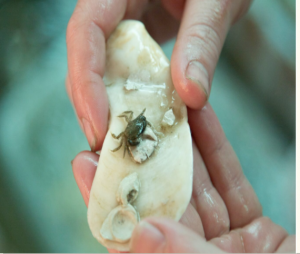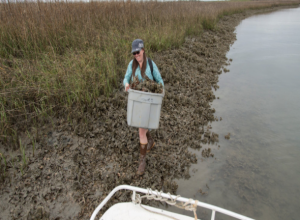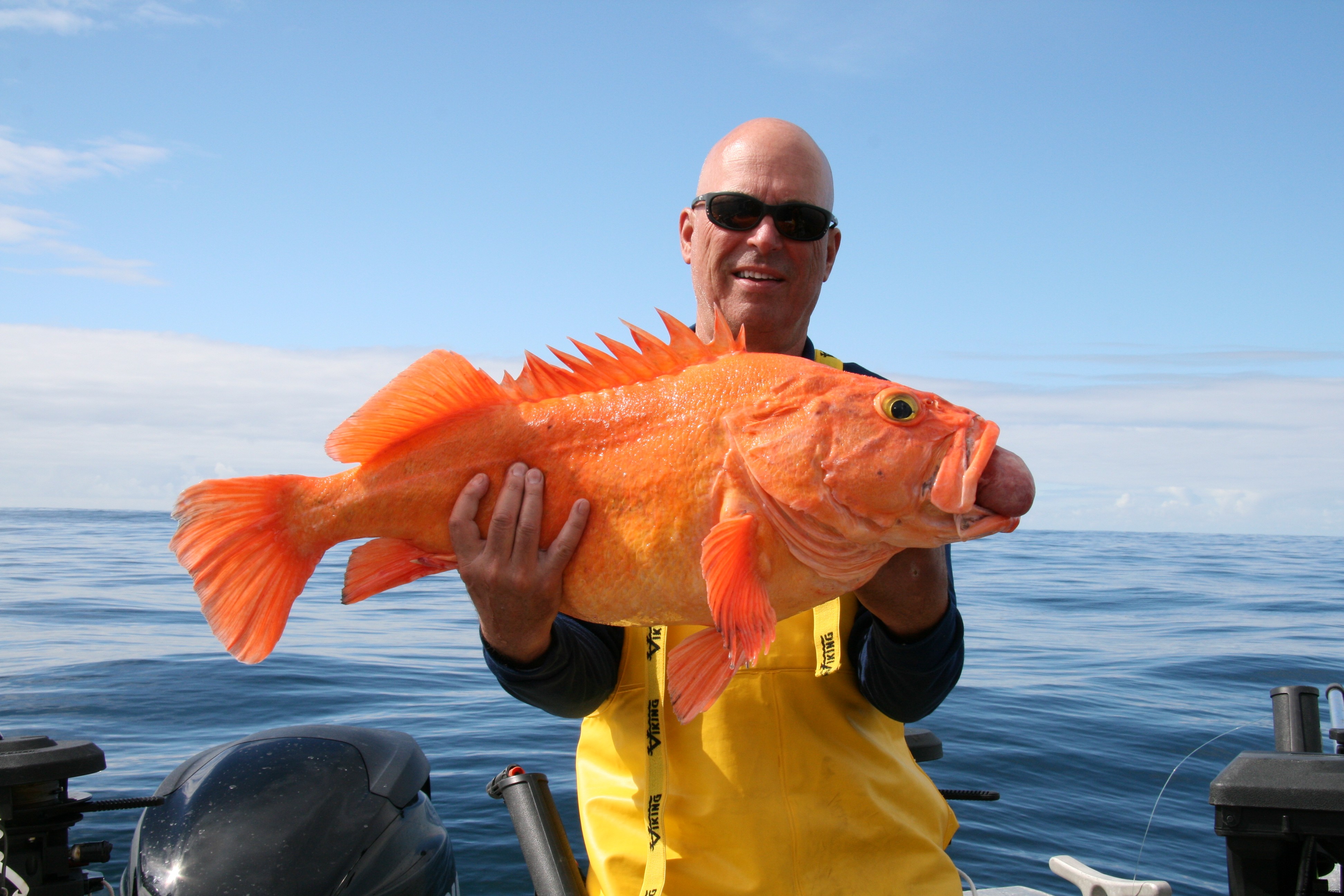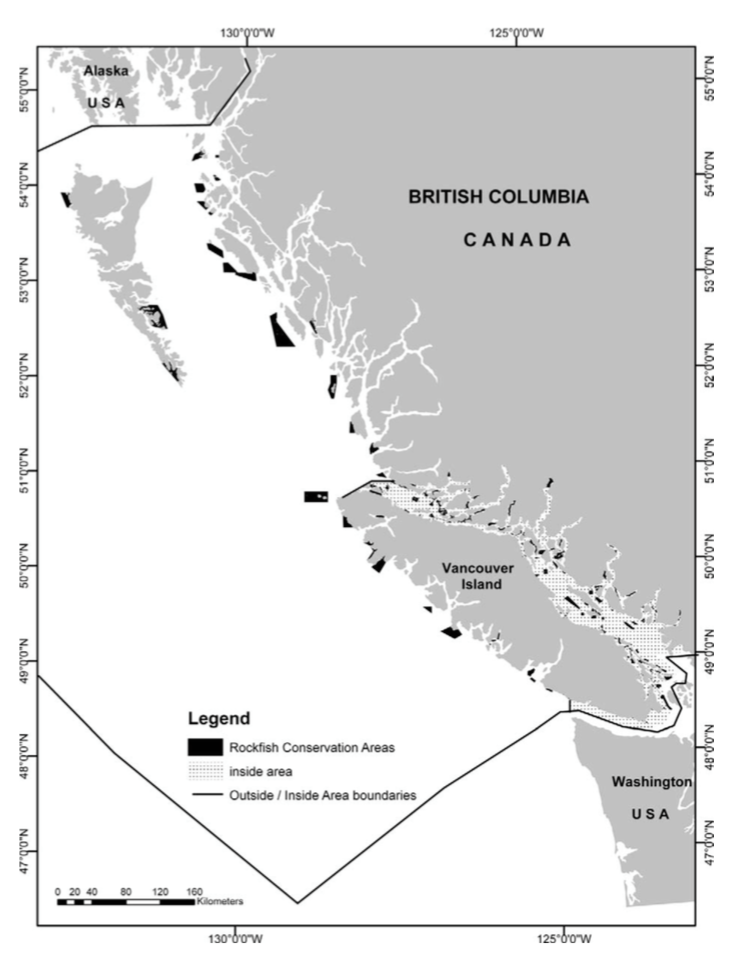When you think of parasites, what comes to mind? Worms? They’re small? They’re gross? Irrelevant to our region?
Turns out these little beasts have a greater impact than you’d think. Gehman studied how a certain parasite that infects mud crabs is affected by environmental factors, such as temperature. Her research enriched the pool of knowledge regarding the parasite model! This means, information known about a specific parasite can be applied to similarly behaving parasites. For example, Gehman’s findings help us better understand the malaria parasite! For additional significance of her research, please listen to this podcast.
Audio credit: https://soundcloud.com/evelyn-chen-827562817/so-project
Why are parasites important to you?
With globally increasing temperatures it’s possible for new parasites to surface in different regions and affect us, either directly or indirectly.
Parasites require the presence of a host to survive and the abundance, distribution, and susceptibility of the host affects the parasite. To evaluate these factors, Gehman and her colleagues studied factors within 10 estuaries and observed the abundances of hosts and parasites in each region.

Image Credit: Andy Tucker, Georgia University
They studied a castrating barnacle parasite that infects the mud crab. Mud crabs reside in oyster reefs and rely on them for protection. This parasite establishes itself within the mud crab and changes its behavior and reproduction patterns, effectively taking over its body. Infected mud crabs have a sac under their body which makes them unable to get into the oyster reef, leaving them vulnerable to their predators.
As shown through this video, you can see the sac on the mud crab.
https://www.youtube.com/watch?v=vGo32jzqQAI&feature=youtu.be%20
Video taken from: https://www.youtube.com/watch?v=vGo32jzqQAI&feature=youtu.be
It was shown that regions with varying abiotic and biotic factors influenced the abundance of this parasite.
Host Size
Host size was the biggest predictor of parasite infection as larger mud crabs would be infected more often. Smaller crabs would not have enough energy to sustain the parasite, but larger crabs have more energy to sustain the parasite and may also be older, increasing their susceptibility to infection.
Water Depth
As this parasite has free-living larvae it migrates further in deeper waters because it flows with the water circulation. Therefore, in deeper waters there is a higher rate of infection.
Predator Abundance
Areas with higher predator abundance both could increase and decrease the infection prevalence. In deeper waters, mud crabs are trying to avoid their predators and that can increase infection in those individuals. However, predators that feed on infected crabs can also decrease the infection in that population.

Image credit: Andy Tucker, Georgia University
At first glance, it is hard to see this paper’s significance, but after understanding how this relates to us it is clear how important it is. There has been little evidence for how the ecological structures will change due to environmental factors which is why Gehman’s research about these tiny organisms is pivotal. More research in this area could solidify the parasite-model, allowing us to better understand the impact parasites have on human health.
So how many more bodies will be snatched as global warming continues?
»Group 5
Evelyn Chen, Nikeisha Dass, Riaz Vejdani, Jane Wanjiru



